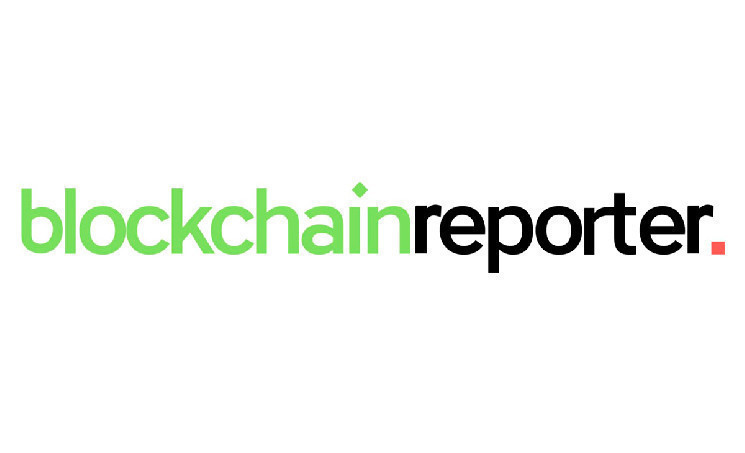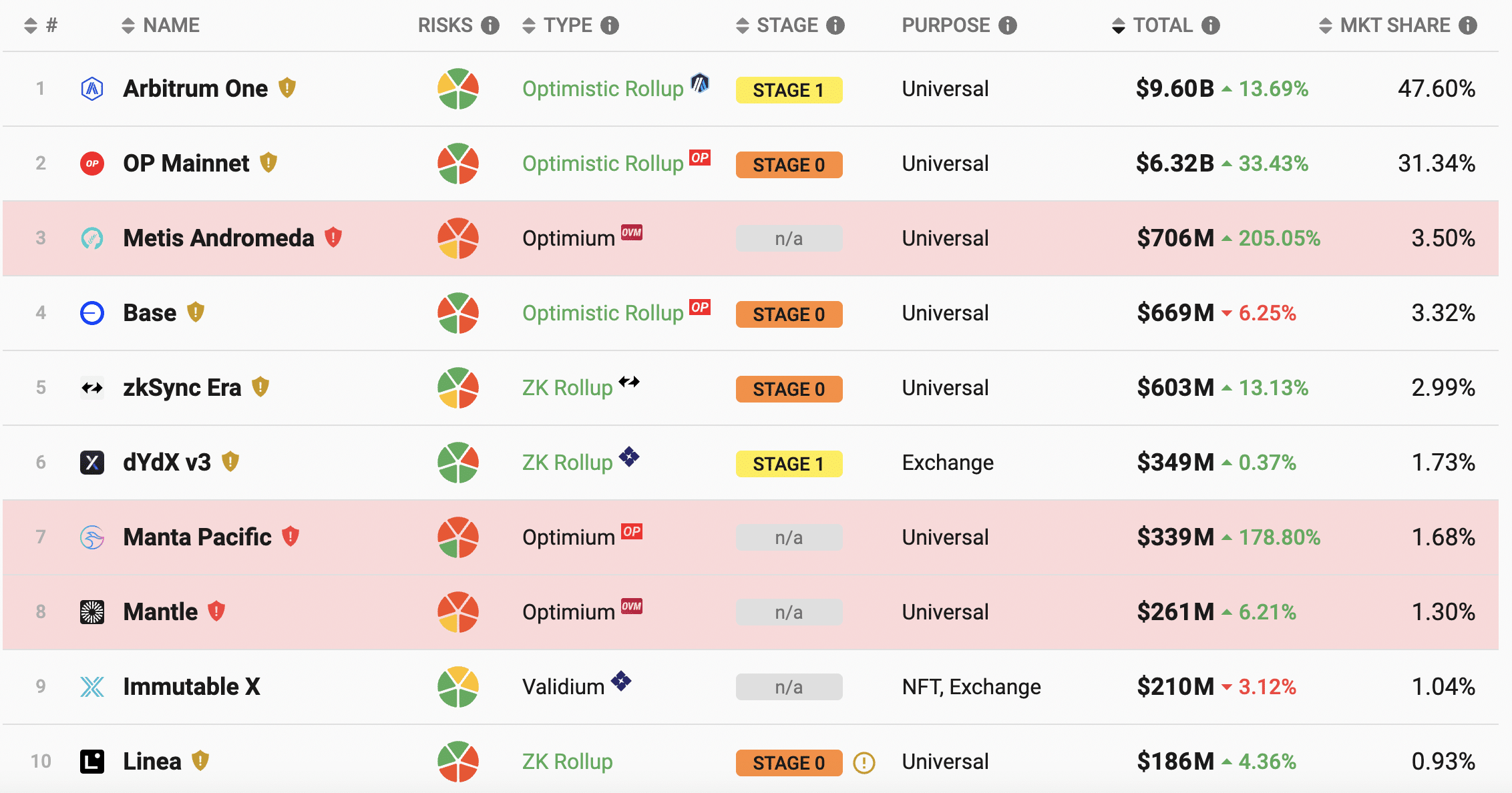The use of crypto for payments and other transactions is booming, but this has created another problem – how to remember, track and document all those transactions. What did I buy? Where? On what chain?
Now that using crypto has become easier than ever, and more people are crypto-savvy, the volume of transactions is booming: Revenue in the DeFi market is projected to reach US$16,960.00m in 2023 and is expected to show an annual growth rate (CAGR 2023-2027) of 19.60% over the next four years, according to Statista.com.
Web3 businesses see the benefits of on-chain transactions
The variety and volume of cryptocurrency transactions have grown exponentially over the last few years as Web3 companies across the globe understand the benefits, which include increasing the speed of payment and level of stability as well as lowering the cost of transactions. On-chain transactions are nearly instantaneous, whereas bank transactions take much longer. In the United States, for example, banks take an average of three to five days to settle transactions, and a wire transfer takes at least 24 hours.
As workforces become more global and companies hire more remote workers, paying salaries and consultant fees in crypto has many benefits. Cross-border employees getting paid in crypto do not have to wait weeks for a paycheck, and those who live in unstable economies are enjoying the benefits of getting paid in stablecoins.
Problems with using cryptocurrency
While it’s easier than ever to transact using crypto, the siloed nature of blockchains presents challenges to businesses and individuals that need to conduct cross-chain commerce.
Cryptocurrency offers convenience, but it also presents challenges, particularly in cross-chain commerce. The lack of interoperability between blockchain networks makes integrating multiple cryptocurrencies into businesses complex. Scalability becomes an issue as transaction volume grows, causing congestion and slower processing times. Additionally, regulatory uncertainty complicates compliance across jurisdictions, while security risks such as cyberattacks and thefts pose financial threats.
To overcome these obstacles, collaboration, and innovation are crucial. Improving interoperability, scalability, regulatory frameworks, and security measures will pave the way for seamless cross-chain transactions. By addressing these challenges, cryptocurrencies can reach their full potential, providing a secure and efficient ecosystem for businesses and individuals to transact with confidence.
Innovative DeFi apps make using crypto easier, set to broaden crypto use
Innovation in DeFi is centered on making crypto as user-friendly as possible. Bulla Network, for example, an on-chain credit protocol that facilitates seamless invoicing, payments, payroll, and account management, is launching the Transaction Importer, a multi-chain accounting tool that gathers and organizes users’ transactions onto their dashboards.
Bulla developed the tool to address the growing needs of Web3 businesses and individuals that are doing more on-chain transactions and to help on-chain business run more smoothly. It is also extremely useful for recording and exporting crypto transactions in an accountant-friendly spreadsheet format.
What does the Transaction Importer do?
Businesses and individuals are shopping, trading, and making payments using crypto in record numbers across multiple chains. To help organize these transactions, The Transaction Importer works like a “personal multi-chain block explorer” that easily retrieves Bulla users’ transaction data and uploads it to their dashboards. The solution, among the first multi-chain crypto accounting tools, functions across 14 blockchains using any ERC-20 token.
“Businesses are realizing the benefits of being on-chain, and they need Web3 tools to help with accounting and financing so they can focus on growing their businesses,” said Mike Revy, Founder and CEO of Bulla Network.
The tool is especially helpful for users migrating from TradFi to DeFi and making multiple transactions in different currencies across multiple networks. Previously, users had to manually search for their transactions chain-by-chain, a time-consuming and tedious process. Users can also “customize” their searches with the Transaction Importer’s multi-tagging feature. For specific tax purposes, for example, users can create custom labels and also add notes, comments, and attachments.
The next generation of DeFi tools is focused on P2P lending
Bulla is also developing tools that facilitate credit and financing functions in order to offer a full complement of business tools and help expand the reach of Web3 business.
“This is the next frontier. Raising money on-chain will be more inclusive and have lower barriers to entry than any TradFi system offers and will allow businesses to stay on-chain for everything,” he said.
For instance, Bulla Network is pioneering on-chain credit through its creation of several other new products. Bulla’s NFT credit function will allow users to factor invoices to increase liquidity. Also, investors, borrowers, and liquidity providers can leverage the borrowing power of users’ personal networks on Bulla with its upcoming FrendLend feature. Accessing credit on-chain can lower the cost and increase the inclusivity of the financing process.
As businesses discover the many advantages of doing business on-chain, including saving time, money, and hassle, they are realizing that having a Web3 side of their business is no longer optional, and innovative DeFi protocols are striving to meet those needs.
Sourced from cryptonews.net.









